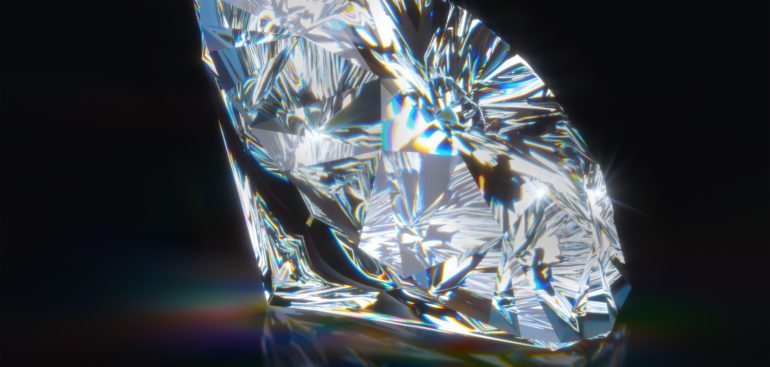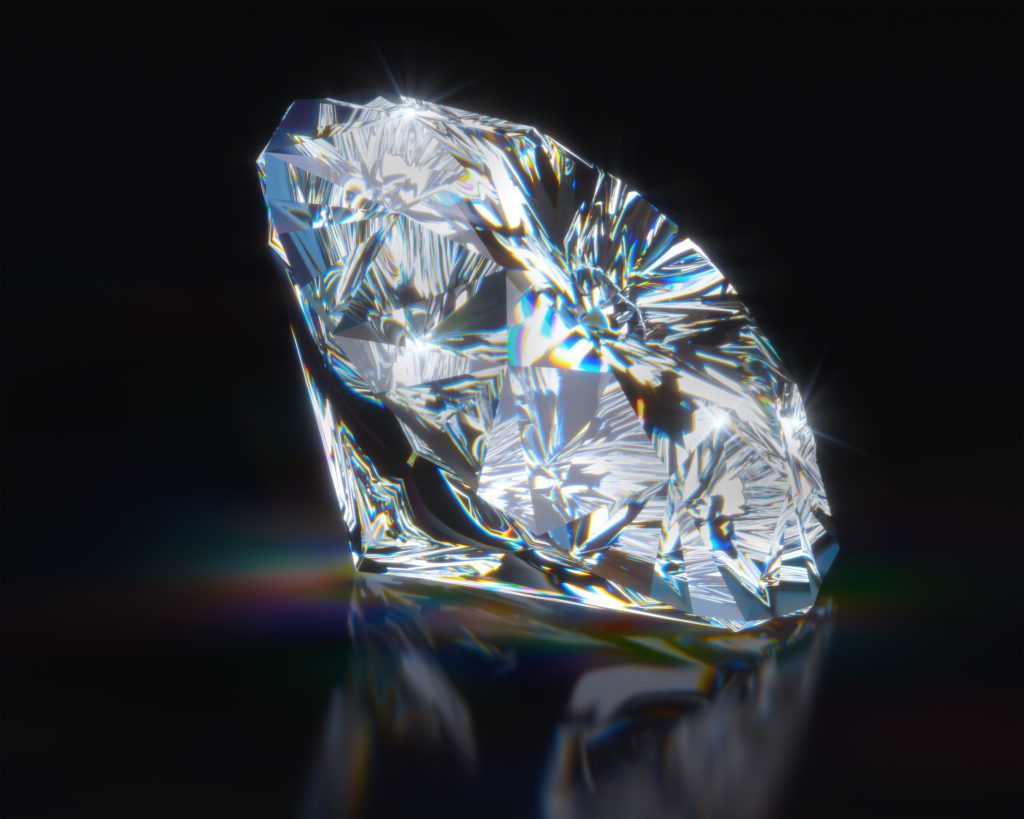
November and December are great months to consider buying diamonds, diamond engagement rings, princess cut diamonds, round diamonds, brilliant cut diamonds, or a diamond that suits your personal preference.
Understanding how to choose a diamond is important, so you get the best quality for your money.
GIA – Gemological Institute of America – A GIA Report
The Gemological Institue of America was established as a non-profit insitutute, in 1931, as the world’s foremost authority on diamonds, colored stones, and pearls. GIA is the leading source of knowledge, standards, and education in gems and jewelry.
A GIA report is a full scientific assessment of your diamonds, colored stones, and pearls. It is unbiased and when a diamond is evaluated it uses the 4Cs to test and document the quality of your diamonds. It also documents if a diamond was subjected to treatments.
The report is not an appraisal. It is completed to assure you that your gemstone is a quality stone. If you have a lab treated stone, the report will provide a clear disclosure if the material. You will know if the precious stone is laboratory-grown or if it has been treated to enhance or alter its appearance. The report improves confidence and assurance that what you are buying or what you own is genuine and is what it is.
A GIA certified diamond is worth more than a diamond with an appraisal from a jewelry store.
Every diamond is unique and has its own characteristics. The GIA report is an official report and describes the exact details of the diamond it is reporting about. The report provides assurance and also makes it easier to recover a diamond if it is stolen or lost. A GIA report is assigned its own serial number.
Another diamond evaluation organization is the American Gem Society (AGS). This agency assess a stone’s quality by reviewing the 4Cs and provide a certification report.
What Are the 4Cs?
GIA created the first-globally accepted standard for describing diamonds. The standards are based on the Color, Clarity, Cut and Carat Weight of the diamond. This basic knowledge assures you understand the quality of a diamond.
Each of the individual 4Cs of diamonds may interact with one another to impact a stone’s overall appearance. For example, a well cut diamond can appear larger due to increased light reflection.
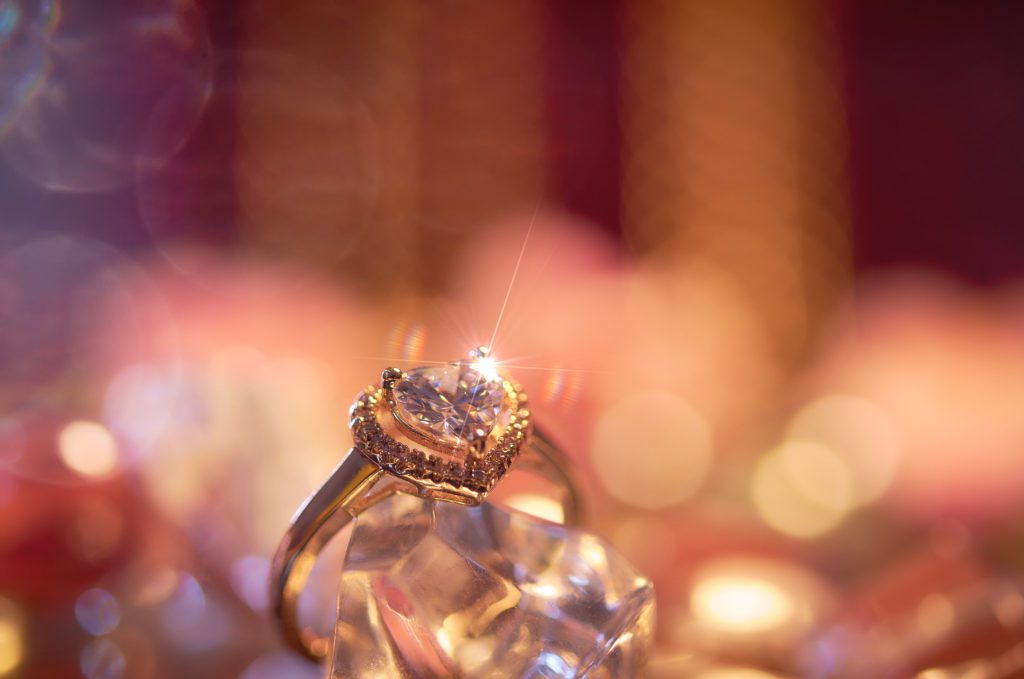
1. Diamond Color Actually Means Lack of Color
The diamond color is the lack of color. A diamond with no color, like a drop of water, is valued higher than a diamond with some color. A diamond color that falls under a D-Z scale, with D being completely colorless and Z having a light yellow hue, the diamond quality falls within the D-J color grade.
Strong fluorescence can alter the appearance of a diamond’s color sometimes causing the diamond to appear milky or oily.
All diamonds are evaluated, from D (diamonds with no color) to Z (diamond with color). A diamond expert, under controlled lighting, compares the diamond to “master-stones” to determine the absence of color, and gives the diamond a rating. Because the standards are global, jewelry store, jewelers, and GIA experts all use the same standard to describe the diamond.
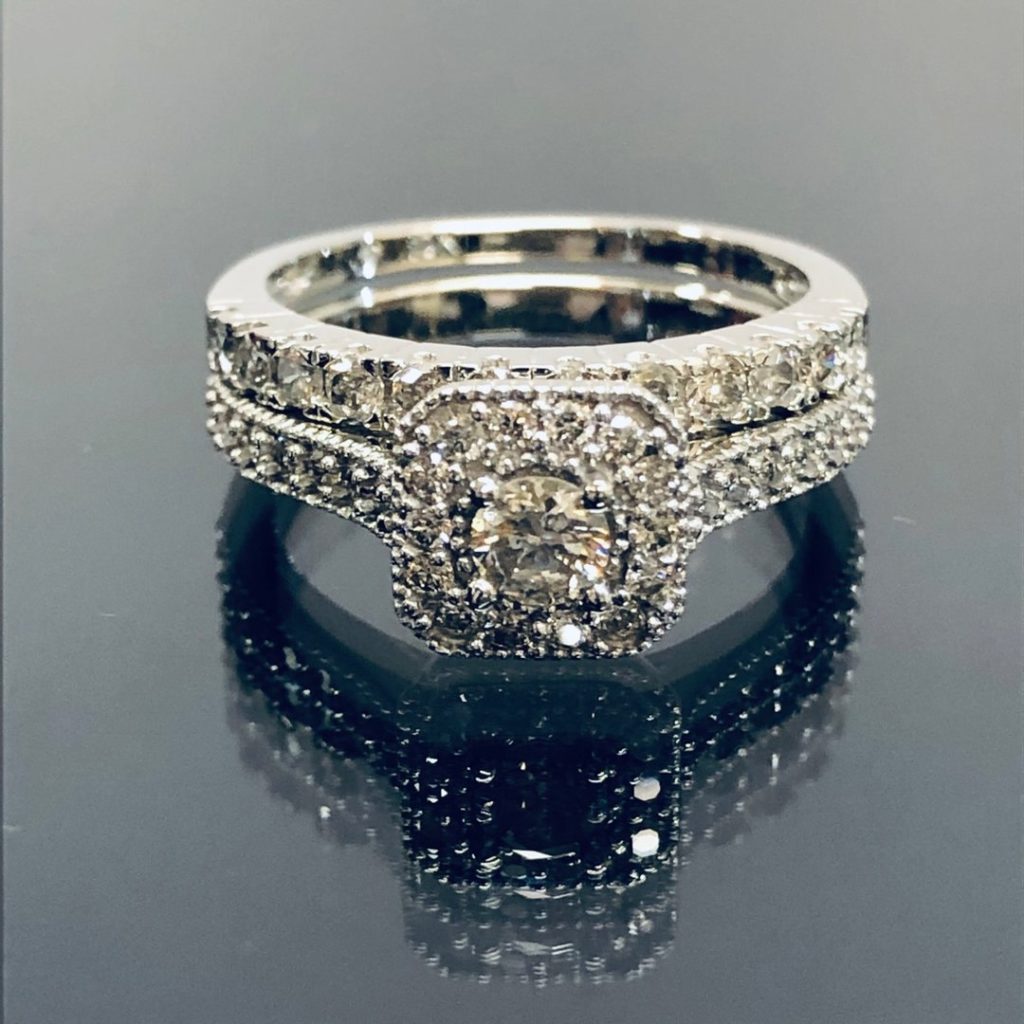
2. Diamond Clarity
Diamond Clarity refers to the absence of “inclusions” (substances, spots, etc. included in the structure of the diamond) and “blemishes” (external characteristics).
Diamonds are created under pressure and heat, and they have both inside and external characteristics that need to be evaluated by size, nature, position, and relief.
The purer a diamond is, the better the Clarity. Diamonds are evaluated based on a standardized clarity grade. No two diamonds are the same.
Clarity is appraised after looking at the diamond under powerful magnification, and then determining what inside characteristics it has (inclusions) and the following ratings are given:
• Slightly Included (SI1 and SI2) Inclusions are noticeable under 10x magnification
• Included (I1, I2, and I3) Inclusions are obvious under 10x magnification, which may affect transparency and brilliance.
Then a Diamond Clarity Scale is used to give the diamond an overall clarity rating. The diamond’s appearance is affected by the setting too.
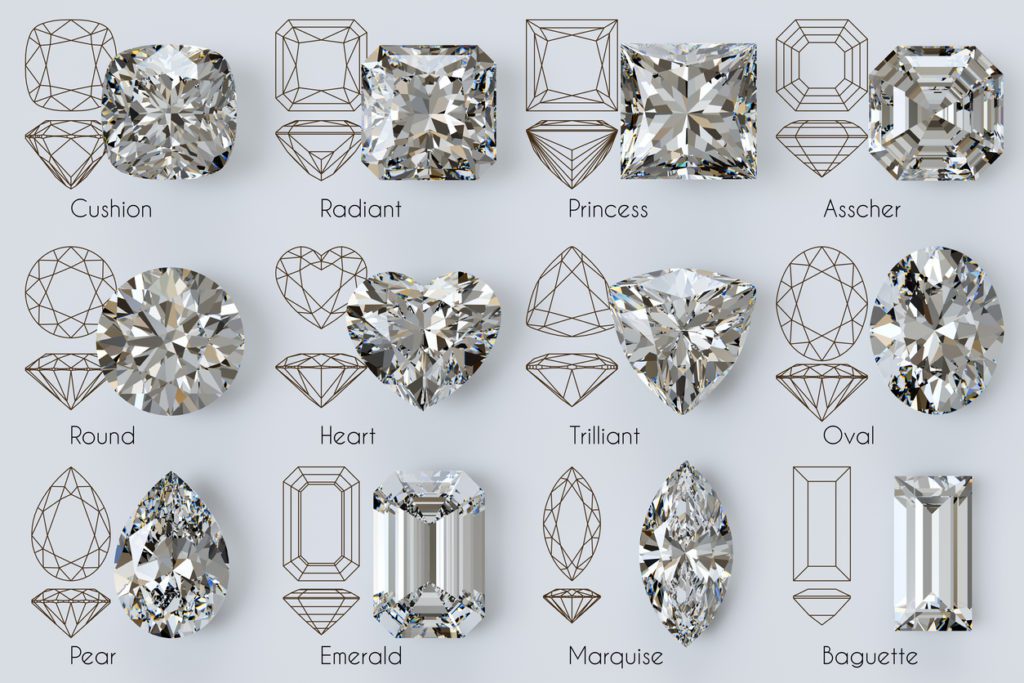
3. Understanding Diamond Cuts
Knowing how your diamond is cut is essential in knowing your diamond and its value and ability to transmit light and sparkle. A quality cut can make a diamond appear larger due to the light performance of the diamond.
There are diamonds cut round cut diamonds, heart-shaped diamonds, oval, marquise, and pear. There are brilliant cut diamonds, square cut, princess cut diamonds, and fancy shape diamonds.
A skilled gem cutter will know exactly how to cut a diamond, so it interacts with the light to enhance its beauty and value. The way a diamond is cut, and the cut quality will affect its brightness, fire, and scintillation.
Brightness: Internal and external white light reflected from a diamond.
Fire: The scattering of white light into all the colors of the rainbow.
Scintillation: The amount of sparkle a diamond produces, and the pattern of light and dark areas caused by reflections within the diamond.
It is important to understand that the color, clarity, and cut of a diamond work in tandum to create the stone’s quality and appearance.
Fancy shapes like princess cut diamonds feature an angular, contemporary beauty that looks gorgeous in classic and geometric settings. They are second in popularity compared to round brilliant diamonds and are at a lower price.
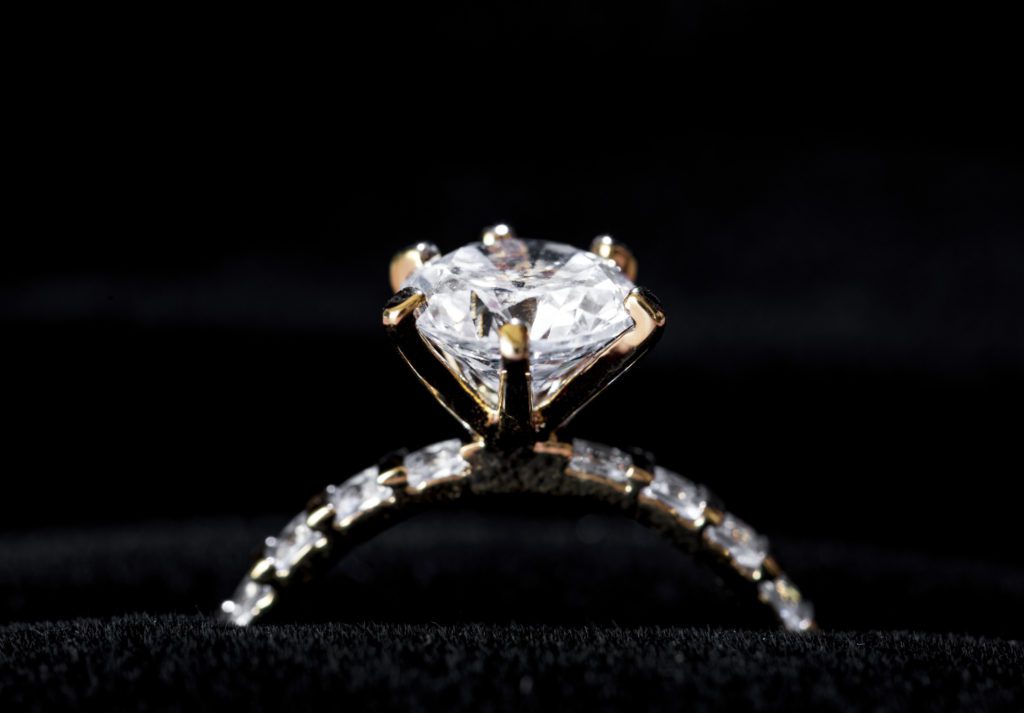
4. Carat weight
By using 200 milligrams as a “carat”, the weight of your diamond can be given within a hundredth decimal place.
Larger carat diamond are extremely rare, and thus more valuable and desirable it is. The carat size impacts value.
Remember that the value of a diamond is not only its weight, but also its color, clarity, and cut.
Thorough evaluation is necessary when appraising jewelry. A GIA report is not an appraisal.
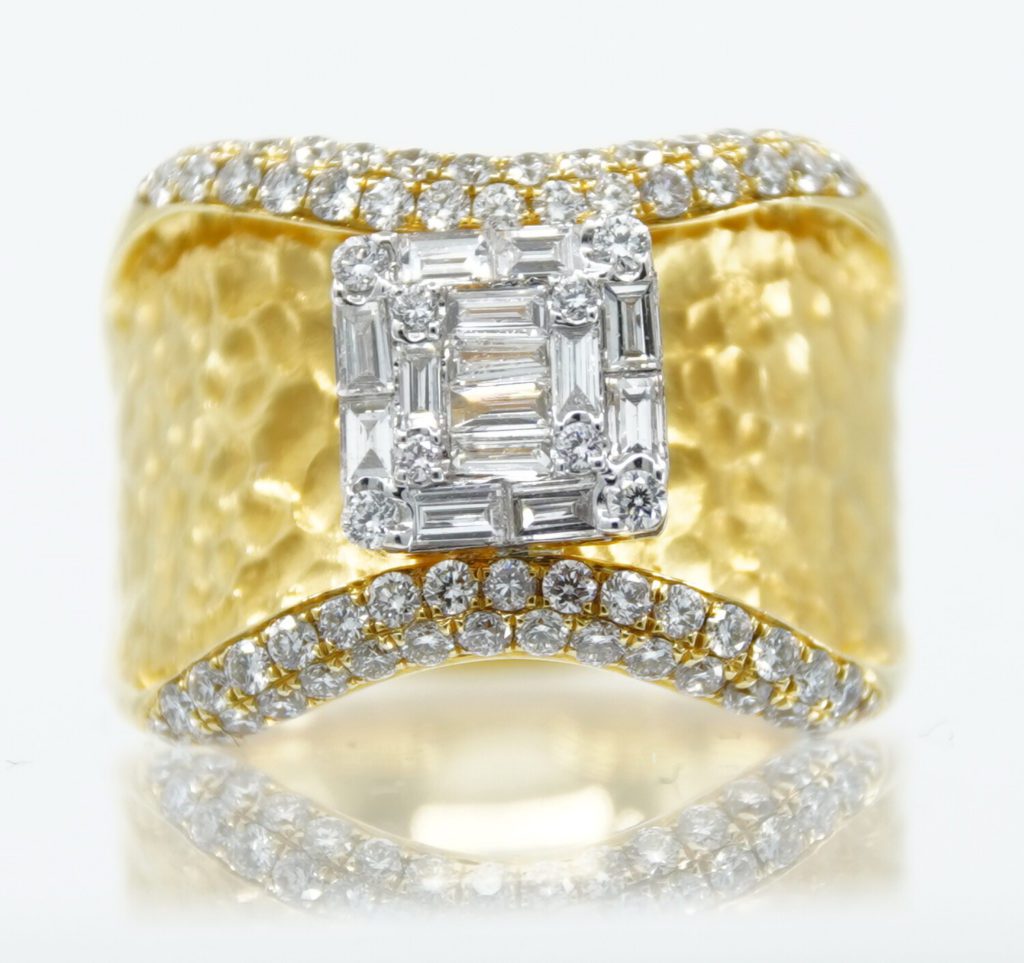
How to Chose a Diamond
Buying a diamond doesn’t have to be a mustry. The experience of shopping for diamonds can be a fun and satisfying experience. Finding a good quality diamond starts with understanding the 4Cs described above.
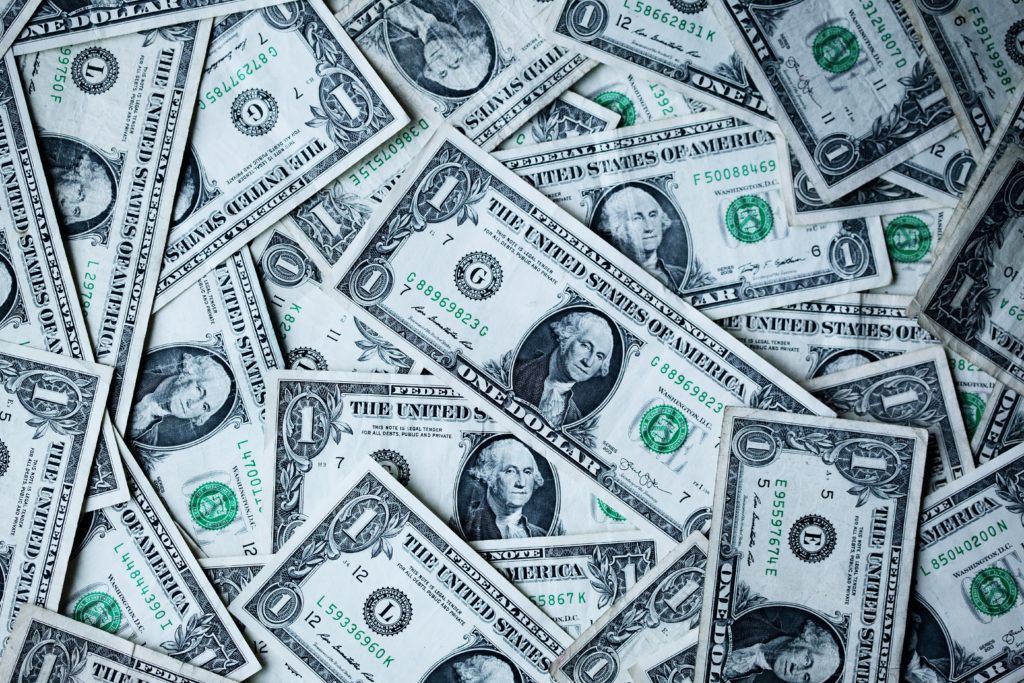
Budget
Setting a clear budget to refer to when shopping for the highest quality diamond is essential. There are diamond online shops, lab created diamonds sold in both jewelry stores and online, and pawn shops that sell diamonds. To save money, a diamond with strong fluorescent may be discounted. When you are shopping for a diamond on a smaller budget, the lower end of the clarity scale, as long as there are no visible inclusions may save you money.
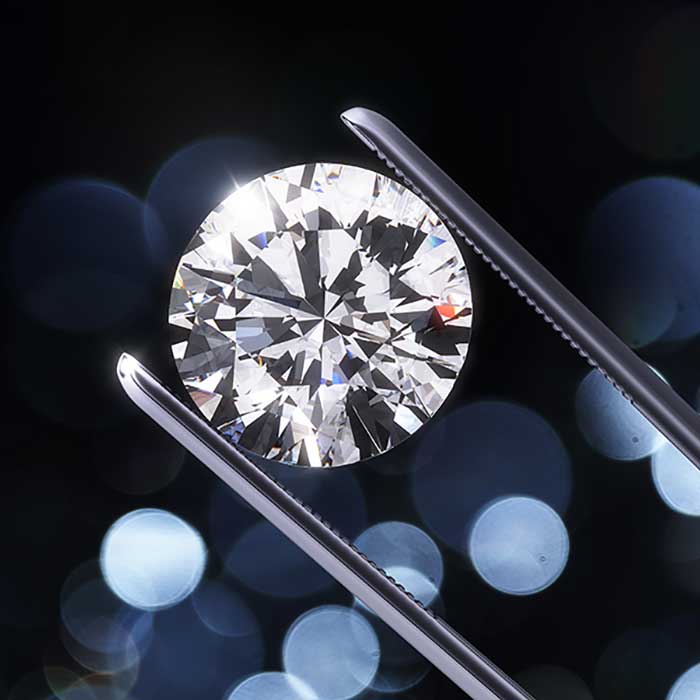
Color and clarity, and cut grades will affect cost. You should not see any imperfections visible to the naked eye if you choose a diamond that SI1 and up. To get the most out of your diamond for less, find a balance between color and clarity.
Knowing how much money you have to spend will help you shop within your means rather you are buying online or instore.
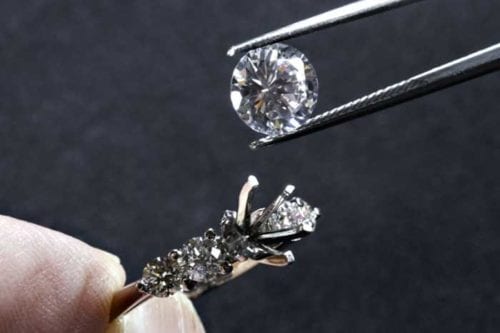
Personal Choice Regarding a Diamond’s Beauty
Understanding the 4Cs, staying within a budget, and finding the right diamond with the best combination of cut, color, clarity, and carat for that specific stone shape or jewelry setting like an engagement ring will impact your choice.
It is time to choose a diamond to fit a pair of earrings, an engagement ring, or a necklace.
You may want to pick a solitare setting for an engagement ring that maximizes the diamond cut, but is a smaller carat weight stone to save you money and meet your budget. If carat size is your biggest focus, you may choose a stone with less clarity or a different shape.
Choosing the perfect diamond is up to you.
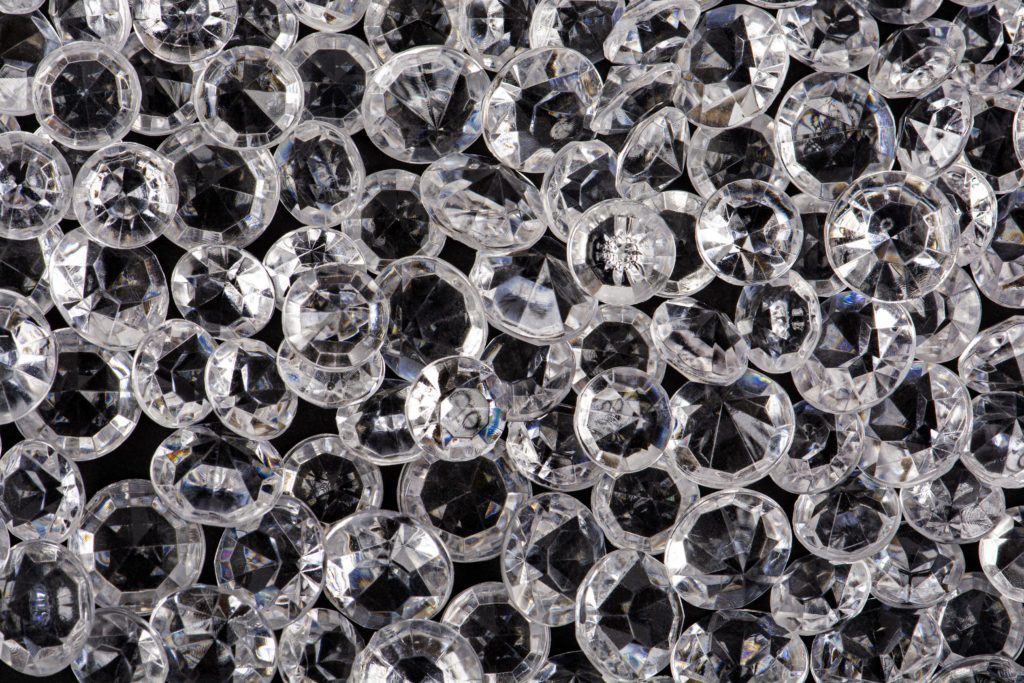
Lab Created Diamonds
Lab created diamonds have grown in popularity. They are diamonds have been gaining popularity. They are created with high-pressure and heat that uses machines to mimic the process natural diamonds were made under.
Physically and optically, lab diamonds and natural diamonds are the same. Natural diamonds have trace amounts of nitrogen and boron. Natural diamonds could have a yellow or blue tinge. Natural diamonds could have microscopic particles and the shape may be different
A lab created diamond is less expensive than a comparable natural diamond, making lab created diamonds ore affordable.
A disadvantage of a lab created diamond is they don’t hold their resale value as well as a natural diamond. If you want to have diamonds for investments or to upgrade or sell in the future, lab created do have disadvantages.
The quality of lab created diamonds is higher than naturally produced since they are created under controlled conditions. They are typically brighter and whiter.
Lab created diamonds have a clear history and traceable source. Natural diamonds come from mining conditions that impact the people and countries they are mined in. Naturally mined diamonds cause a great amount of environmental impact.
There are certified lab grown diamonds evaluated by a geological laboratory to become a certified diamond. When buying a diamond, make sure it is certified if you want to ensure the diamond’s quality.
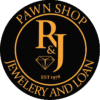
Shopping for a Diamond at a Repulatable Pawn Shop Like R&J Jewelry and Loan
R&J Jewelry and Loan is a trusted diamond store. As you look around for loose diamonds and engagement rings that are discounted for the holiday season, make sure you shop at R&J Jewelery and Loan.
The shop is San Jose’s professional diamond pawn shop. With four decades of experience they are a trusted, family owned and operated pawn shop in the area. They offer an honest and transparent diamond appraisal process.
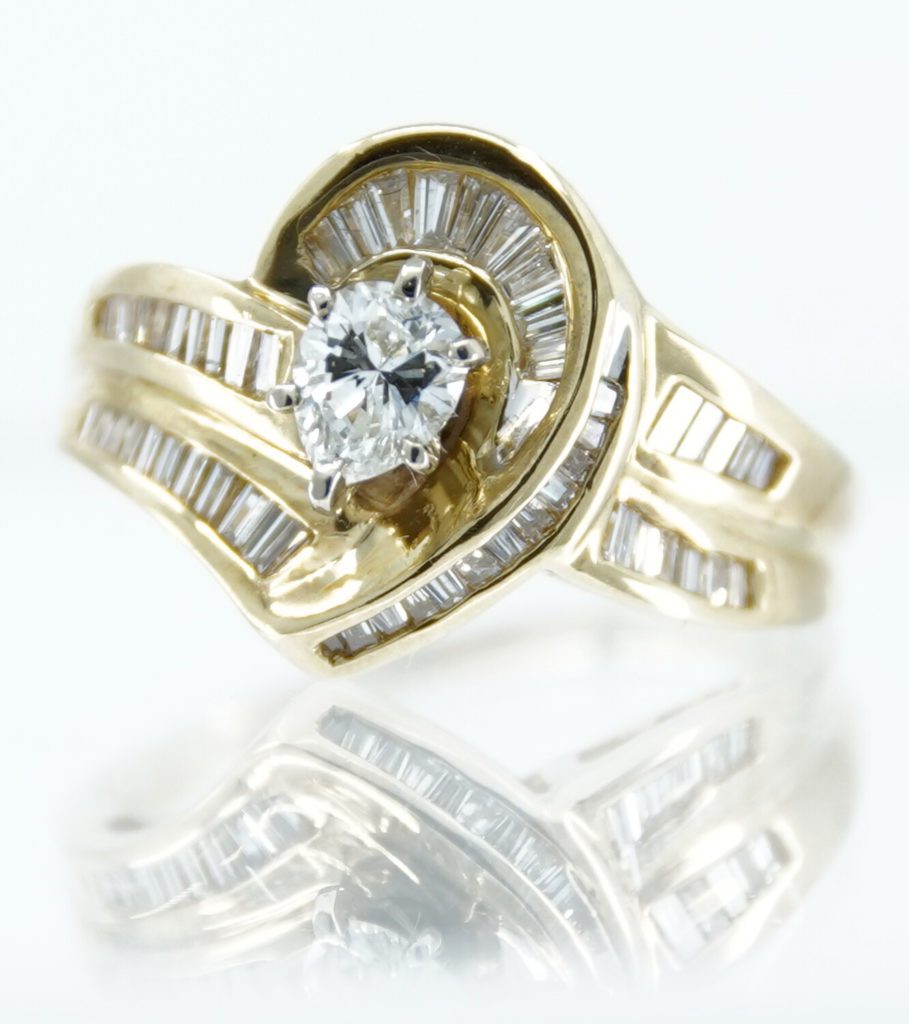
They use the 4Cs to evaluate each diamond that comes into the store. They ask these questions:
Carat: How much does your diamond weigh?
Color: Does your diamond have a color?
Clarity: Can we see any flaws in your diamond?
Cut: How well does your diamond reflect light?
Looking at a diamond closely will tell you the diamond’s quality. The cut is one of the most important factors, because the cut will make the color and clarity imperfections less noticeable. A well cut diamond looks brighter. A round brilliant diamond hides color incredibly well. Longer diamond shapes, like oval and radiant, reveal color much easier.
When you are doing your diamond shopping ask to look through the jewelers loop to evaluate the diamond before you buy it. Look closely at the diamond to see if there are noticeable blemishes.
Ask if there is a GIA certification report, to see if the diamonds you are looking at are graded.
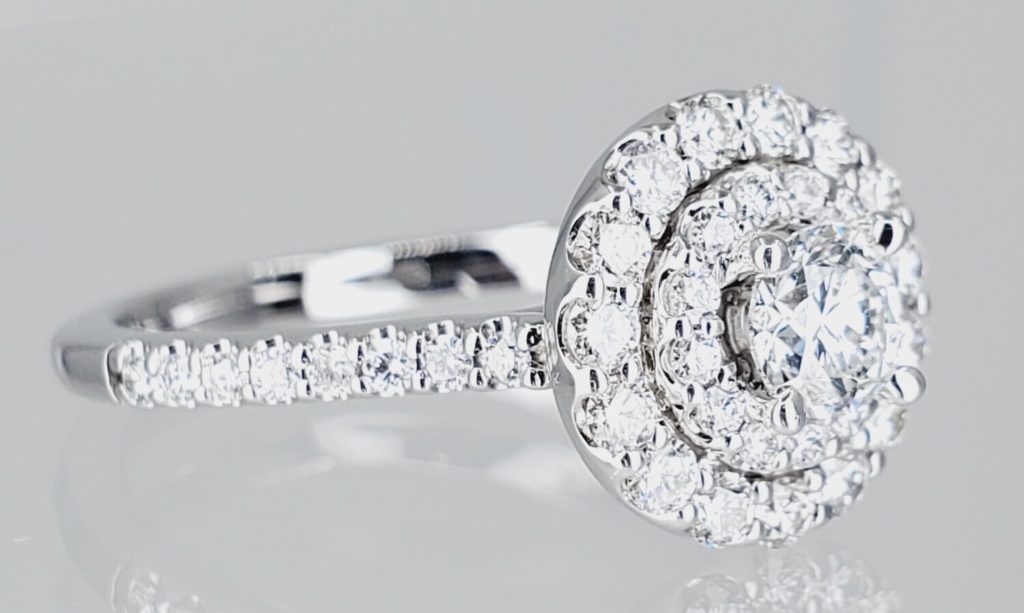
R&J Jewelry and Loan currently has a cluster diamond engagement ring with round diamonds. This ring is gorgeous and represents the quality jewelry they carry. If you are in the market for a pear shaped diamond ring or a diamond pendant, they have several options. They have a beautiful ring with a large diamond center stone.
The store also offers diamond pawn services. When it comes to looking for a pawn shop for your diamonds, R & J Jewelry stands out in the area by offering a fair and honest appraisal for their customers.
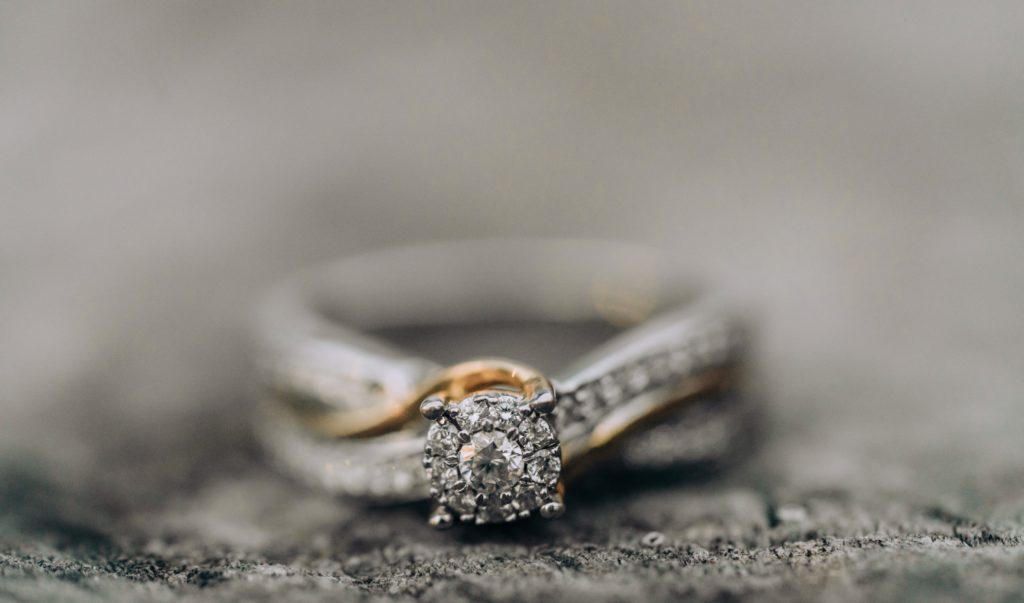
They pay top dollar for 1-carat diamonds and larger and pay premium prices for GIA and EGL certified stones. With a GIA trained gemologist withhttps://www.randjjewelry.com/ many years of experience, you can rest easy knowing you’re receiving a fair, competitive offer when you’re looking to sell jewelry. They ensure you can instantly exchange your jewelry and receive cash on the spot.

